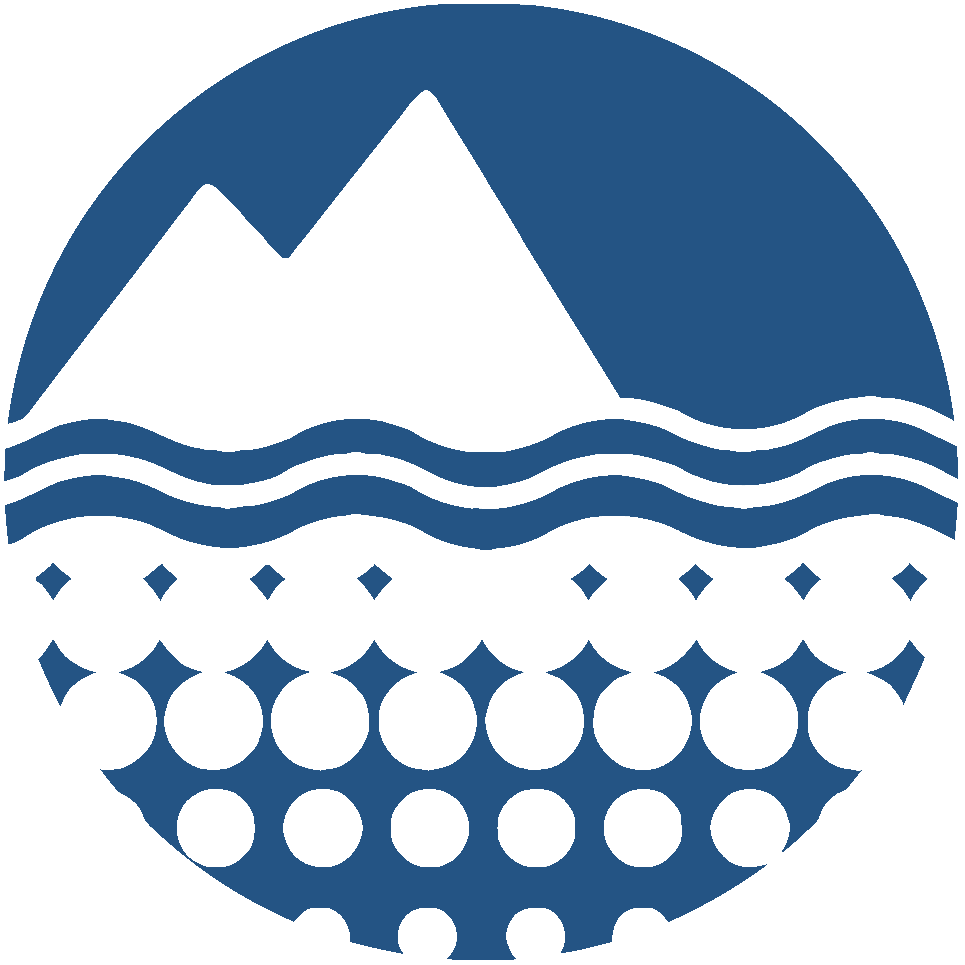

|
Quantitative Diatom Assemblage Data from Barilari Bay, Antarctic Peninsula acquired during expedition NBP1001
Cite as
Leventer, A. (2025) "Quantitative Diatom Assemblage Data from Barilari Bay, Antarctic Peninsula acquired during expedition NBP1001" U.S. Antarctic Program (USAP) Data Center. doi: https://doi.org/None.
AMD - DIF Record(s)
Abstract
The diatom data presented here are from marine sediment core samples collected on the 2010 LARISSA cruise – NBP1001. The location of the 2 cores, NBP1001 JKC55 and JPC127, is outer Barilari Bay, western Antarctic Peninsula. The cores were paired, a shorter jumbo kasten core and a longer jumbo piston core. These data were generated by Sunmi Jeong, under the direction of Amy Leventer (aleventer@colgate.edu), Department of Earth and Environmental Geosciences, Colgate University. All questions regarding the specifics of these data should be directed to Amy Leventer.
Name Latitude Longitude Water depth (m) Core length (m) NBP1001 JKC55 65º45.38ºS 64º45.64ºW 652 4.26 NBP1001 JPC127 65º45.36ºS 64º45.64ºW 653 8.68 Two published papers describe these cores and present the radiocarbon-based chronology: Christ, A., Talaia-Murray, M., Domack, E., Leventer, A., Lavoie, C., Brachfeld, S., Yoo, K.-C., Gilbert, R., Jeong, S.-M., Wellner, J., 2014. Late Holocene glacial advance and ice shelf growth in Barilari Bay, Graham Land, West Antarctic Peninsula, Geological Society of America Bulletin, doi:10.1130/B31035.1. Reilly, B.T., Natter, C.J., Brachfeld, S.A., 2016. Holocene glacial activity in Barilari Bay, west Antarctic Peninsula, tracked by magnetic mineral assemblages: Linking ice, ocean, and atmosphere, Geochem. Geophys. Geosyst., 17, 4553–4565, doi:10.1002/2016GC006627. In the Micropaleontology lab at Colgate University, about 10-100 mg of sediment were weighed to the tenth of a mg and placed in 20 ml glass vials. Vials were placed on a warming tray set to 50 degrees C and 1 mL of hydrogen peroxide was added to each vial, followed by RH2O. This was done to oxidize organic material. Successive additions of 1 mL of hydrogen peroxide were done until samples had stopped reacting. RH2O was added as needed to avoid samples drying out. Slides then were made using the random settling and slide preparation methods in Scherer (1994). Diatoms were observed with an Olympus BX50 microscope using the 100x/1.30 oil immersion objective and 10x eyepieces, for a total magnification of 1000x. For each slide, at least 400 diatom valves were counted along non-overlapping transects. Valves were only counted if >50% complete, and diatoms were identified to the species level when possible, using identifications from Johansen and Fryxell (1985), Priddle and Fryxell (1985), Cremer et al. (2003), and Cefarelli et al. (2010). Unidentified diatoms were placed in either the unidentified centric diatom or unidentified pennate diatom category. Cefarelli, A., Ferrario, M., Almandoz, G., Atencio, A., Akselman, R. & Vernet, M. (2010). Diversity of the diatom genus Fragilariopsis in the Argentine Sea and Antarctic waters: Morphology, distribution and abundance. Polar Biology, 33. 10.1007/s00300-010-0794-z. Cremer, H., Roberts, D., McMinn, A., Gore, D. & Melles, M. (2003). The Holocene Diatom Flora of Marine Bays in the Windmill Islands, East Antarctica. Botanica Marina, 46(1), 82-106. https://doi.org/10.1515/BOT.2003.010 Johansen, Jeffrey R.; Fryxell, Greta A. (1985). The genus Thalassiosira (Bacillariophyceae): studies on species occurring south of the Antarctic Convergence Zone. Phycologia, 24 (2). 155-179. 10.2216/i0031-8884-24-2-155.1 Priddle, J.; Fryxell, G. (1985). Handbook of the common plankton diatoms of the Southern Ocean: Centrales except the genus Thalassiosira. Cambridge, British Antarctic Survey, 159pp. Scherer, R.P. (1994) A new method for the determination of absolute abundance of diatoms and other silt-sized sedimentary particles. J Paleolimnology, 12, 171–179. https://doi.org/10.1007/BF00678093
Creator(s):
Date Created:
2025-11-12
Repository:
USAP-DC (current)
Spatial Extent(s)
West: -64.76, East: -64.75, South: -65.76, North: -65.75
Temporal Extent(s)
Start: 2010-01-01 - End: 2010-03-01
Award(s)
Version:
1
Related Project(s)
References
Keywords
|
This dataset has been downloaded 0 times since March 2017 (based on unique date-IP combinations)